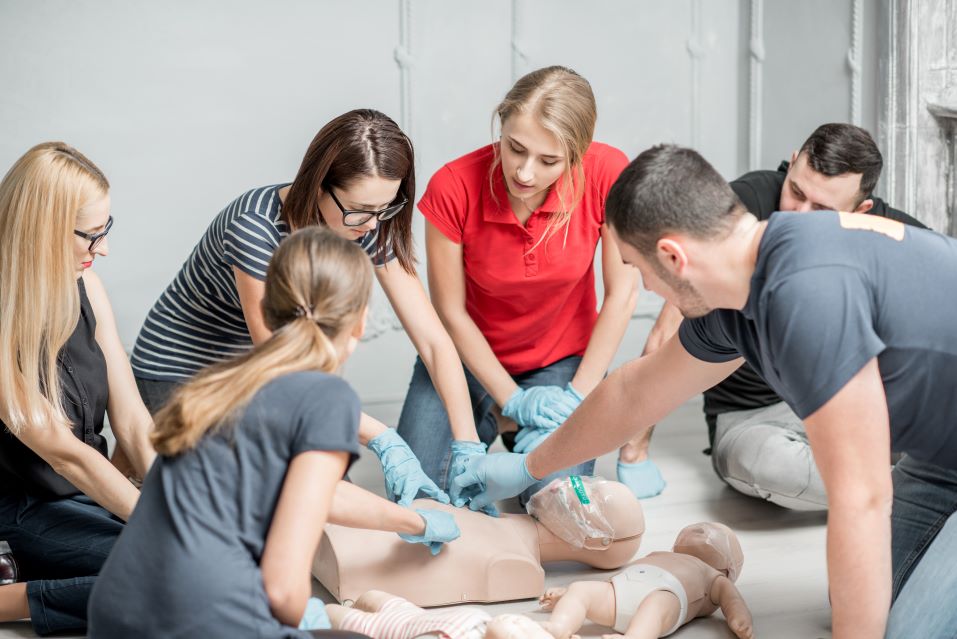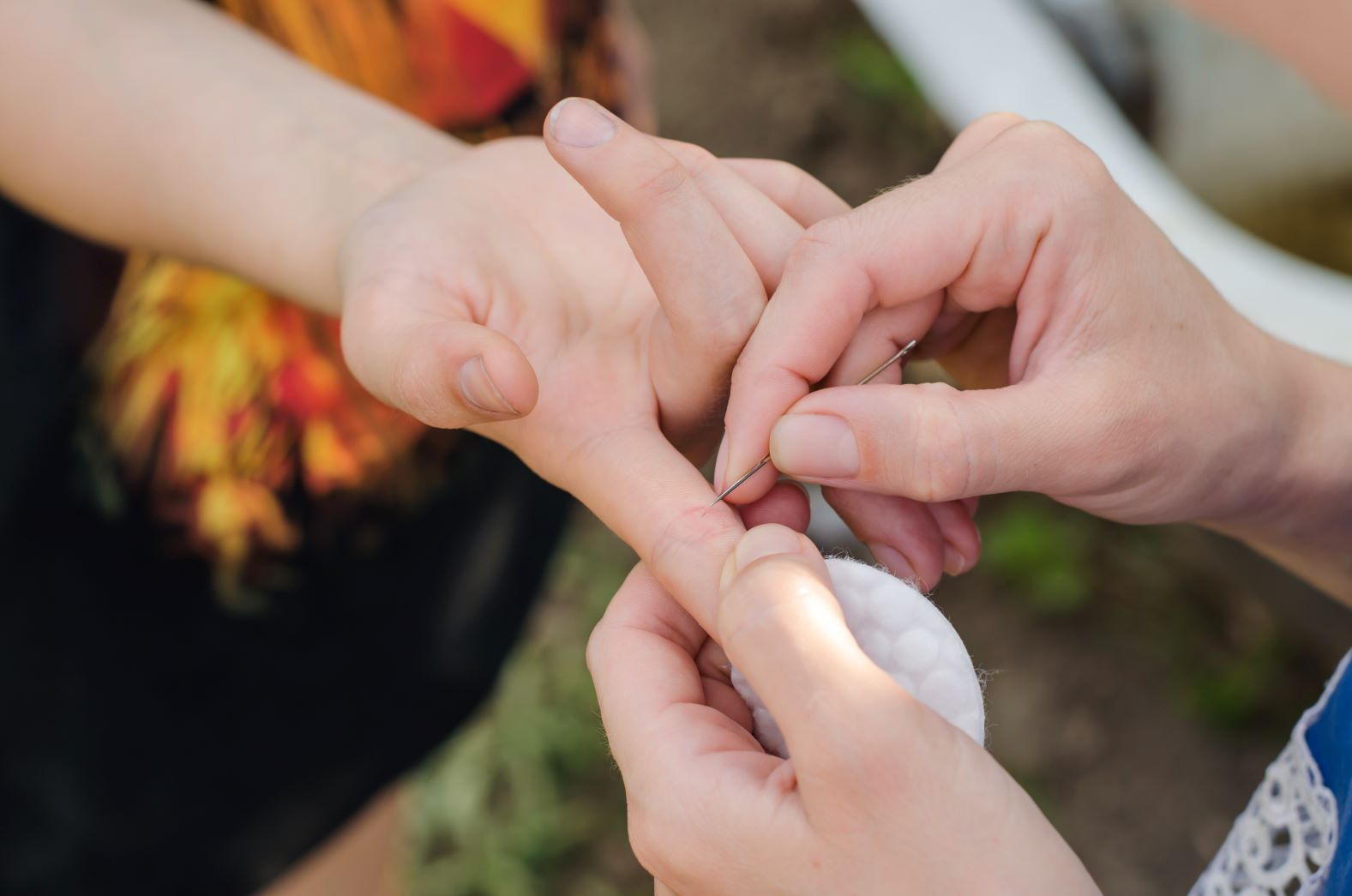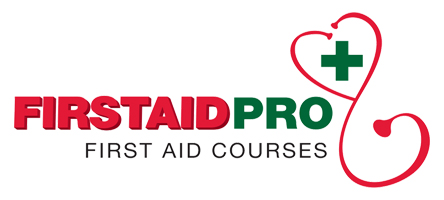When a migraine attack or episode occurs, you will do almost anything to make symptoms go away. While most migraine is not serious, there are instances where they can be a sign of a more serious condition.
Read on to learn more about migraines, including their symptoms and recommended treatment.
What Is Migraine?
A migraine is a common type of headache where the person may feel a throbbing pain on only one side of the head.
Some people will also have an “aura” or warning signs before the actual headache begins. An aura usually indicates that a bad migraine attack is about to happen, followed by a series of symptoms.
There are certain factors that trigger migraine attacks. These include alcohol and cigarette abuse, excess stress, hormonal changes, skipping meals, lack of sleep, and even loud noises or bright lights.
Certain food choices can also cause migraine pain, such as processed foods containing high amounts of MSD, baked goodies, meats containing sodium nitrates, red wine, cheese, beans, and a lot more.
Migraine pain and symptoms affect over 4.9 million Australians. About 71% of those are women that are of working age. If left untreated, it can have a significant impact and be a very unpleasant experience for a person.
A migraine is a common form of headache that can be debilitating and send many people to see their doctors. In severe cases, the symptoms can last for several days.
Knowing your symptoms and treating them right away can help make the headache less severe.
Signs And Symptoms
The symptoms of migraines are experienced differently by everyone. In some, they can happen in stages – prodrome, aura, attack, and post-drome. It can take about eight to 72 hours for the person to go through all four stages.
- Prodrome: emotional changes, depression, irritability, food cravings, neck stiffness, increased urination, fluid retention, and frequent yawning.
- Aura: visual phenomena, vision loss, pins and needles sensations in the arm or leg, Weakness or numbness in the face or one side of the body, and difficulty speaking.
- Attack: Pain in one or both sides of the head, throbbing or pulsating pain, sensitivity to light, sounds, smell, and touch, nausea, and vomiting.
- Post-drome: Fatigue, nausea, sensitivity to light, dizziness, body aches, and difficulty concentrating
Migraines are often undiagnosed and left without treatment. If you experience signs and symptoms on a regular basis, keep a record of those attacks and how you respond to them.
Make an appointment with your doctor to discuss these symptoms and possible action plans.
5 Tips to Get Rid of Migraines
Migraine happens. The good news is there are several ways you can do to try and ease the pain without a trip to the doctor.
Try these five tips and get to feeling better fast.
Rest In A Dark, Quiet Room
Many people who have migraine attacks experience extreme sensitivity to light and sound, which can make headaches worse.
To relieve pain, go to a room that is dark and quiet and try to get rest.
Apply Cold Packs
Place a cold pack on your forehead, preferably ice cubes wrapped in a towel or even a cold shower to ease the pain.
Keep the cold compress on the head for 15 minutes and take a break in between.
Hydrate
Dehydration can cause a headache or make one worse. Drink plenty of fluids to prevent migraine attacks.
Practice Relaxation Techniques
Learning to relax in the middle of a headache can help ease the pain. Try doing some stretches, yoga, meditation, or progressive muscle relaxation as a way to relax.
Consider talking to your doctor about the possibility of physical therapy for muscle spasms down the neck.
Use Medication
Over-the-counter (OTC) medications and pain relievers can address all kinds of headaches.
Take painkillers in moderation and only if the headaches have become unbearable.
The Bottom Line
When used together with medication, these tips may work for many people. If the pain becomes severe and lasts for several days, consider talking to your doctor about changing the treatment plan.
Learn more about migraine and other health and safety topics in a first aid course.
Visit our course page to find out more.








